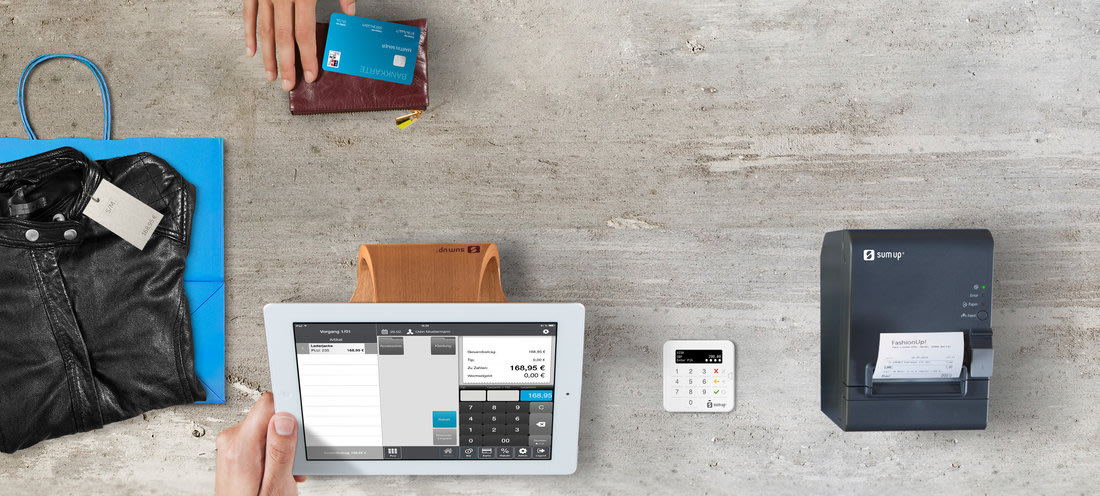
How to Start Accepting Credit Cards and Grow Your Business
In the past decade, there’s been a significant increase of card terminals in the UK. Businesses large and small are adopting this payment technology, aware that—by failing to accept cards, and therefore turning down cashless customers, they’re impeding their competitive potential. A report from YouGov reveals that shoppers spend more when using their cards: an average of £64 in cards compared to just £20 in cash.
Finance technology or so-called FinTech companies have disrupted traditional banking institutions by offering card terminals with lower fee structures, an original design, and faster payment processing. Therefore, card readers may now be easily purchased from a variety of sources.
So—how do card terminals work?
By simply downloading a payment app to your smartphone or tablet, and connecting it via Bluetooth to a card terminal, you may create your very own mobile point of sale (POS). To initiate a payment, a credit or debit card is placed into a PIN pad terminal, which reads the chip in the card. The customer enters a PIN that is checked against the information stored on the card. If the entered PIN matches the stored value, the transaction is permitted to proceed.
This wireless system is an asset for merchants who would like to accept credit card payments, but don’t wish to buy or rent a cumbersome bank-issued terminal. It’s also advantageous for merchants who can’t connect to a telephone line, like market stall vendors. Mobile chip and PIN machines are also used by professionals who provide services outside of a conventional business location, such as plumbers and electricians, who work in the homes of their clients. It’s also a great choice for charity workers, who accept door-to-door donations.
Hopefully, this will have given you more of an understanding of how card terminals work. It’s important to note that legitimate payment solution providers respect finance industry standards of security and are therefore both EMV and PCI-approved. Sensitive data should not be stored and transmitted data ought to be encrypted.
